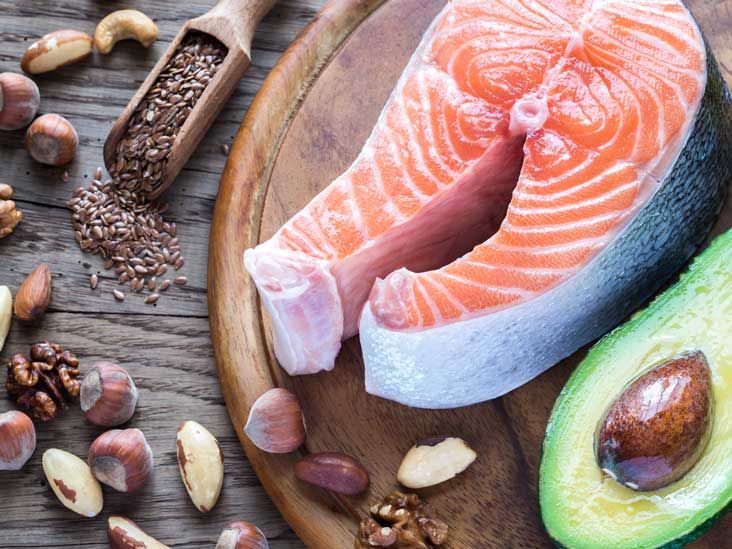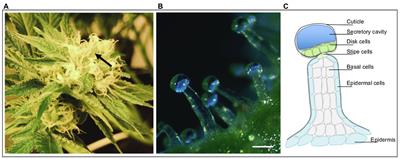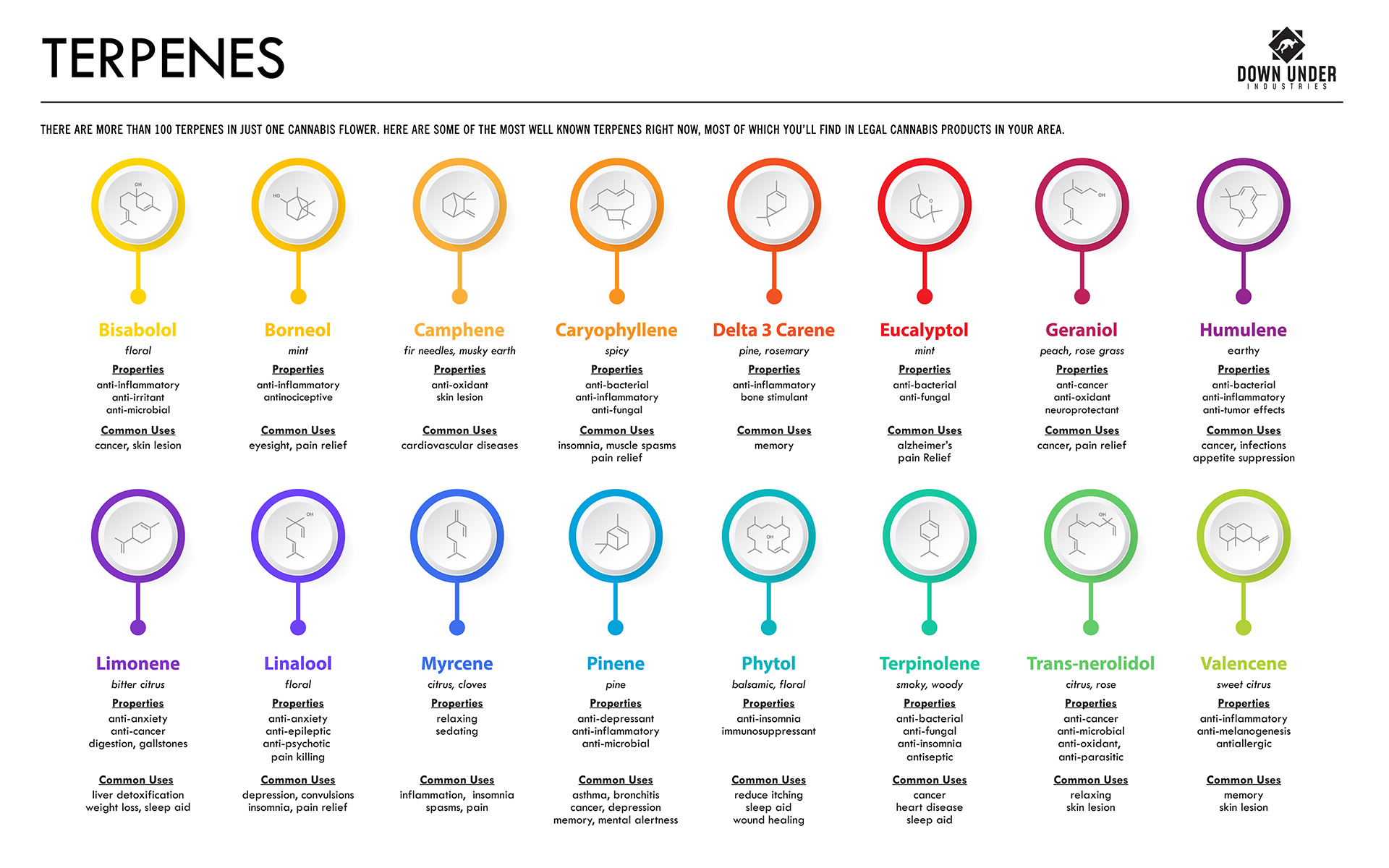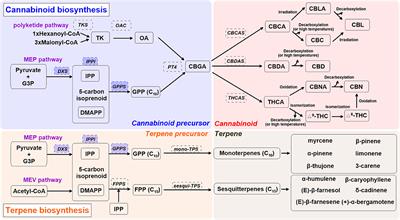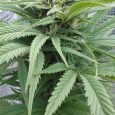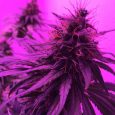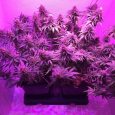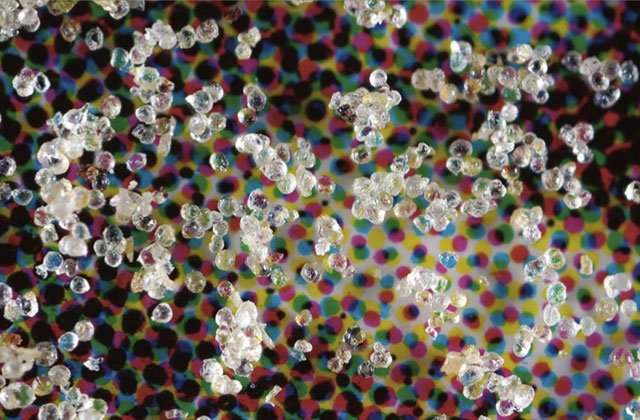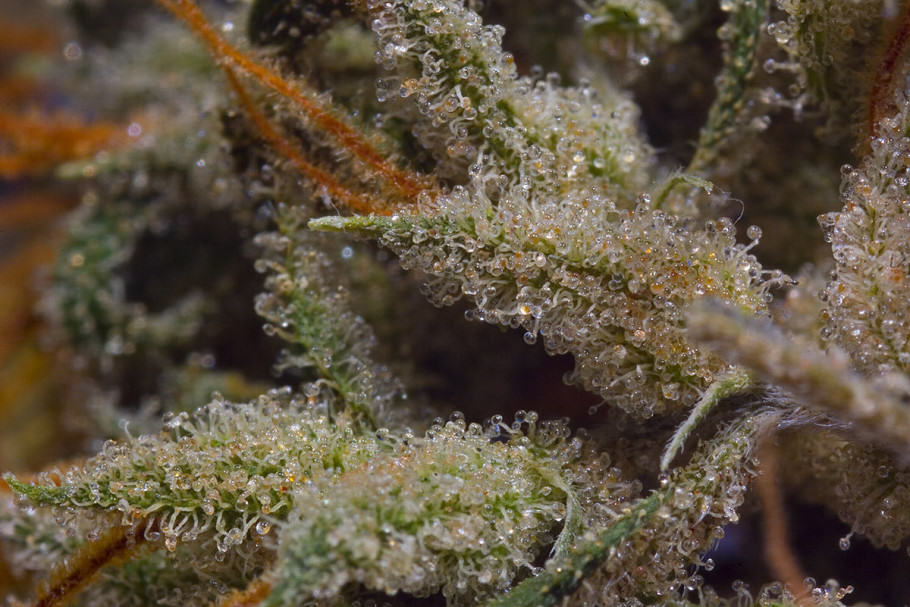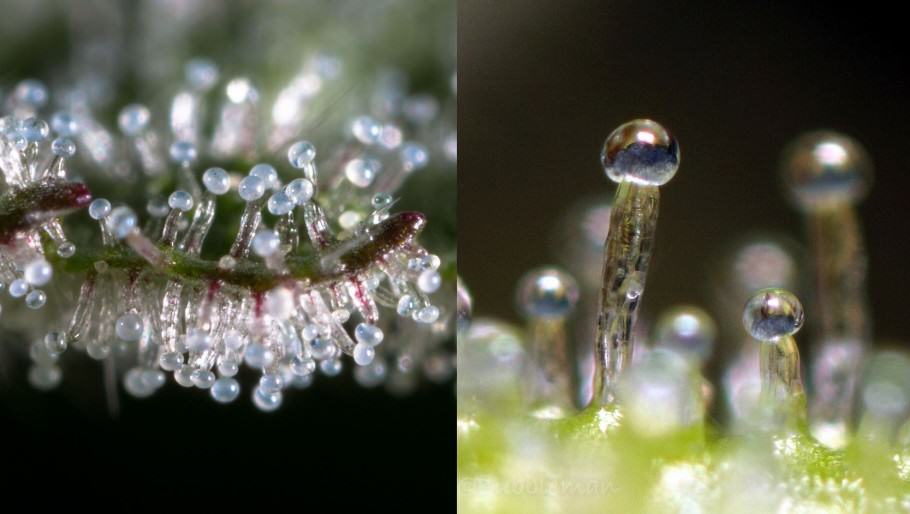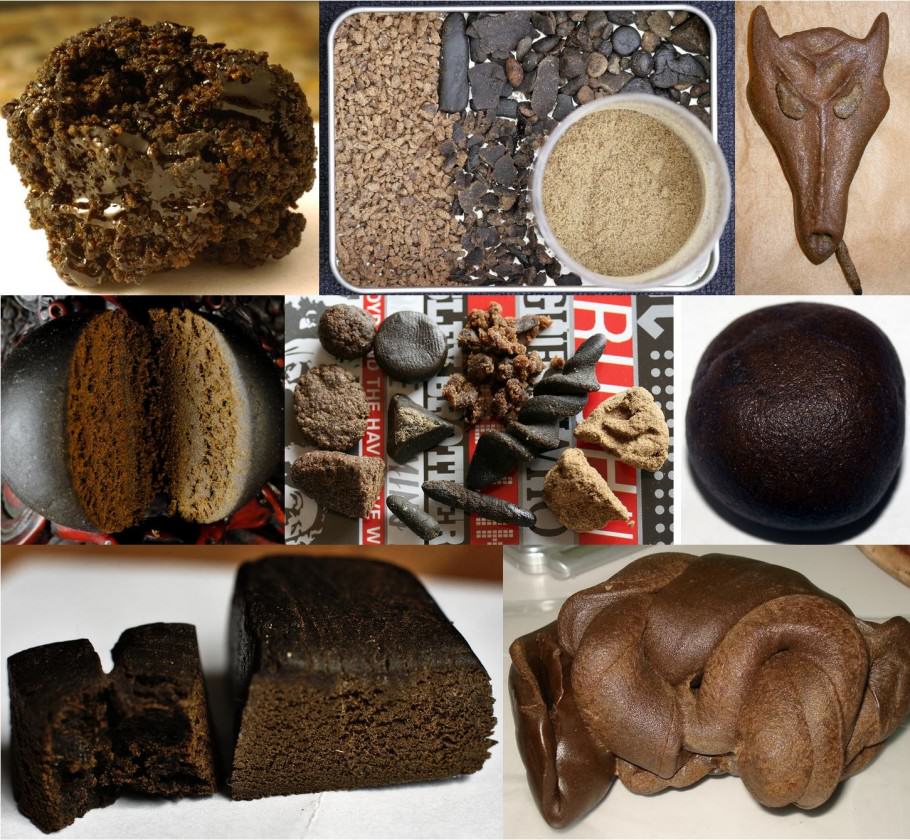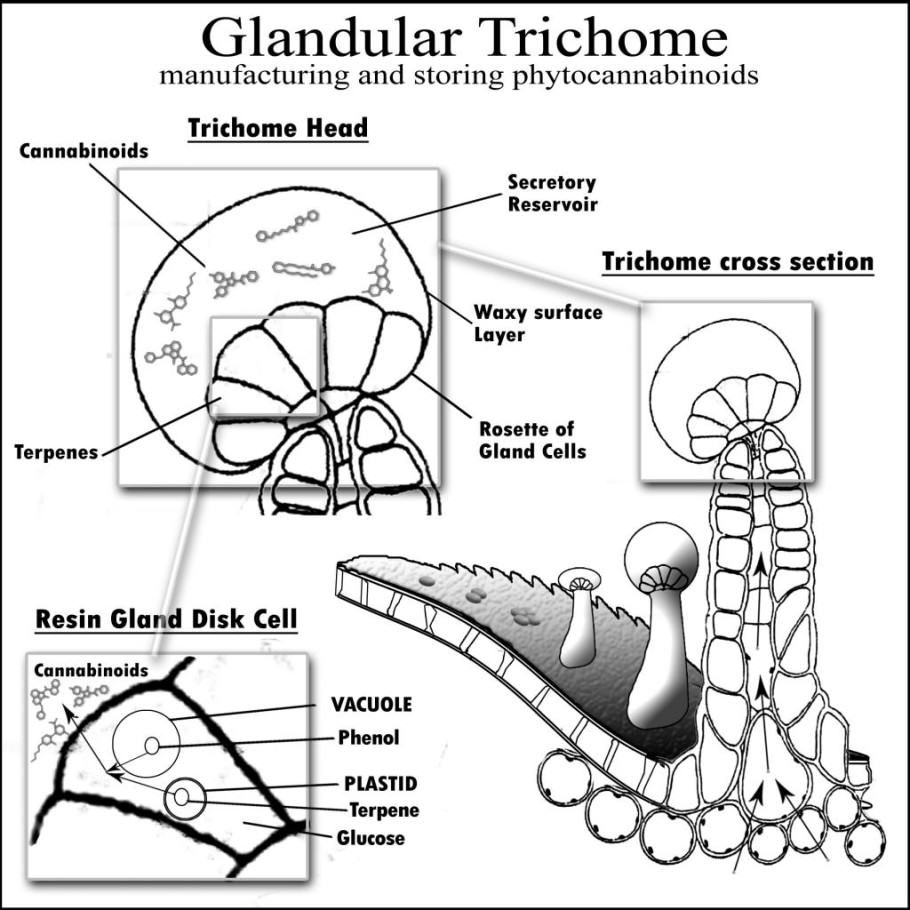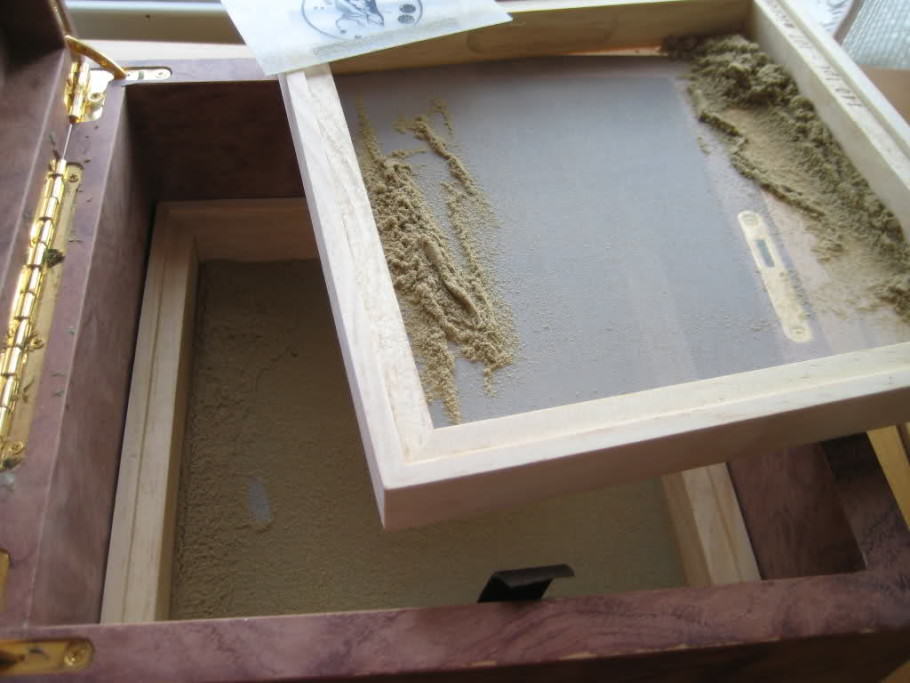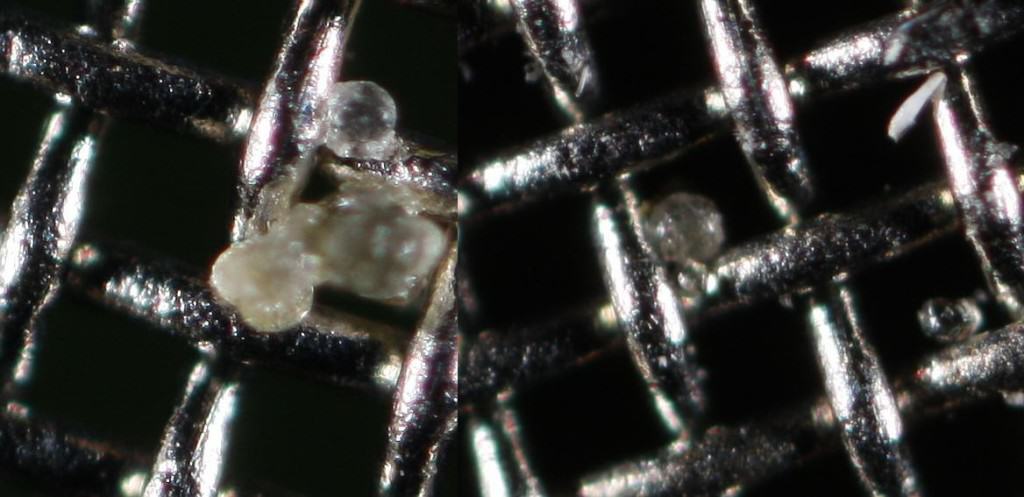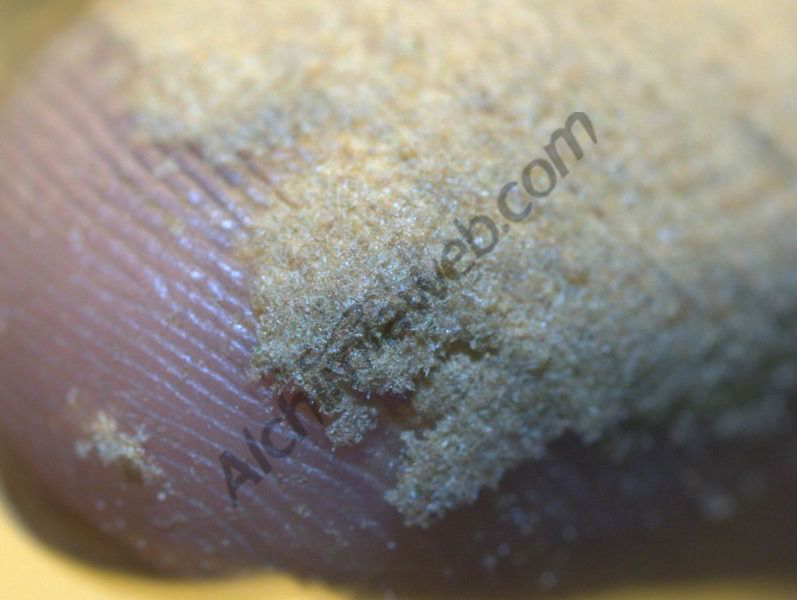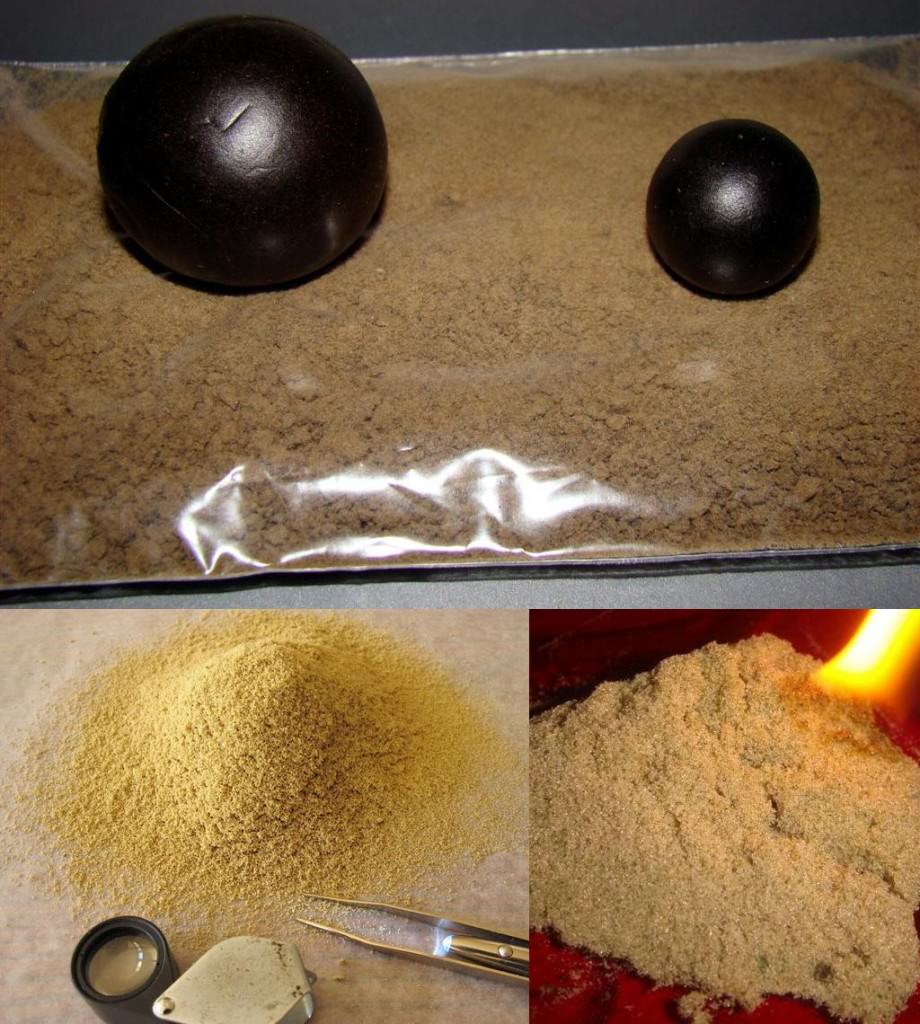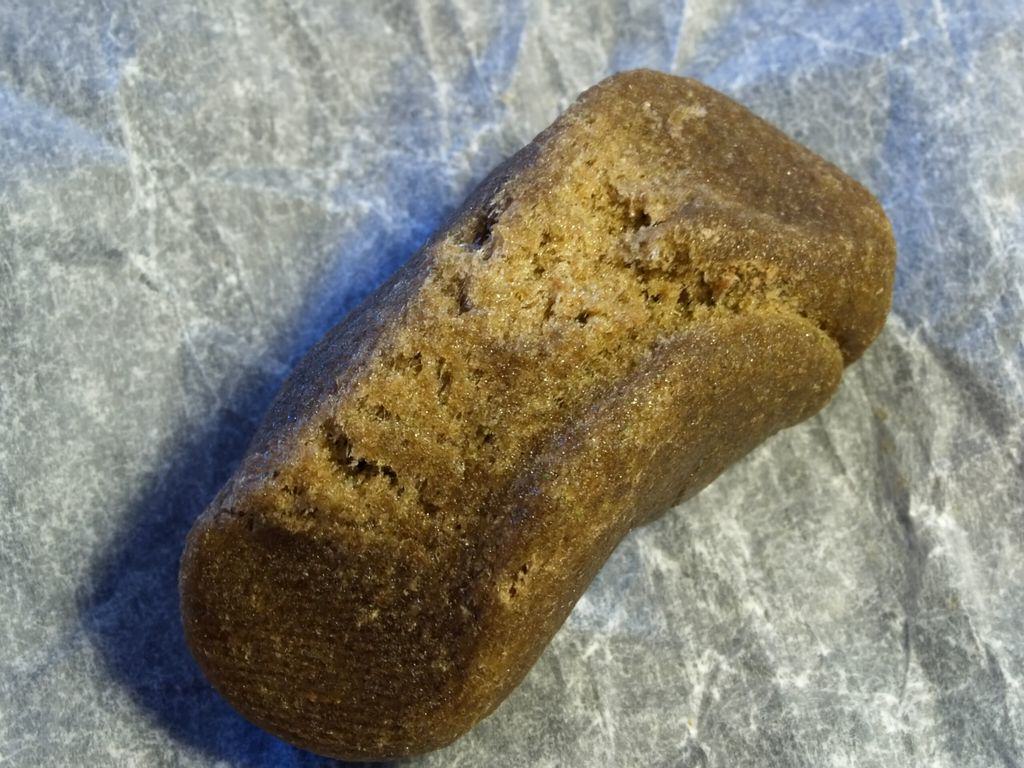Good read. With 6 decades of real-world experience behind me I can look back and from here it is very apparent how well cannabis is / was at keeping me from so many routine and not so infections and such. The rest of the guys on the job site would all be sick as dog and bitch "Hey why the F&&& are you not sick with this crap, and I'd chuckle and say, "It's all the weed I smoke" and the crew would all laugh as I was known to always have 20 joints on me. Was just who I am / was. LOL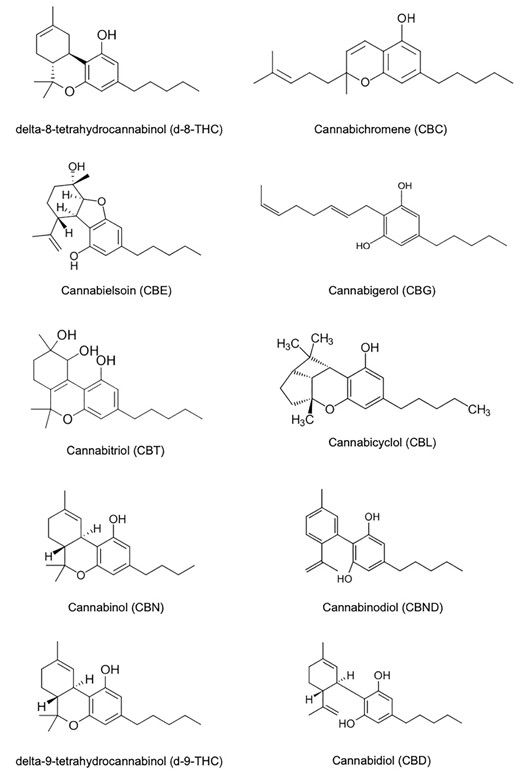
Cannabis as antivirals
Abstract. Cannabis is a plant notorious for its psychoactive effect, but when used correctly, it provides a plethora of medicinal benefits. With more thanacademic.oup.com
Apologies in advance academic post and long read... spoiler alert
Terpenes and cannabinoids as medicine click to see more
May update this single post and edit / link it with more scientific study posts as opposed to multiple posts
Feel free to share as well on using as a med
Same with the wholeCOVID-19. I did eventually catch it and WTF no worse than any 24-hour bug. Shrugged that shit off and went on about the day.




